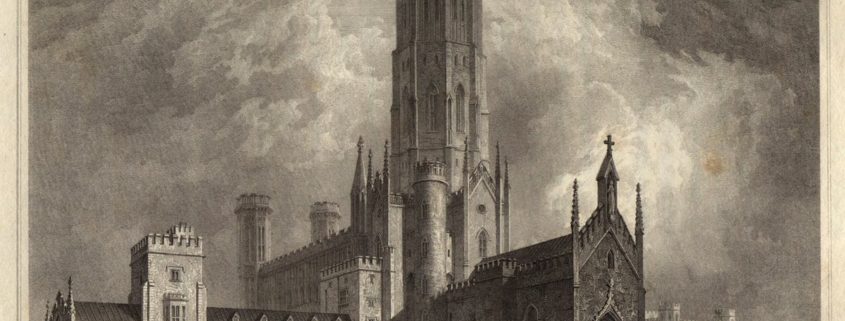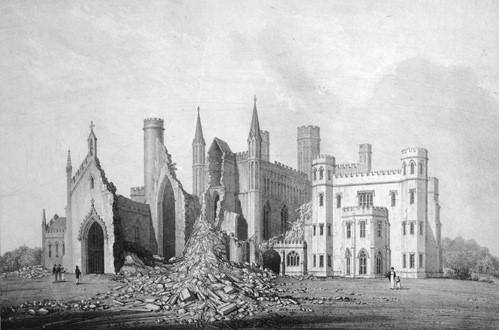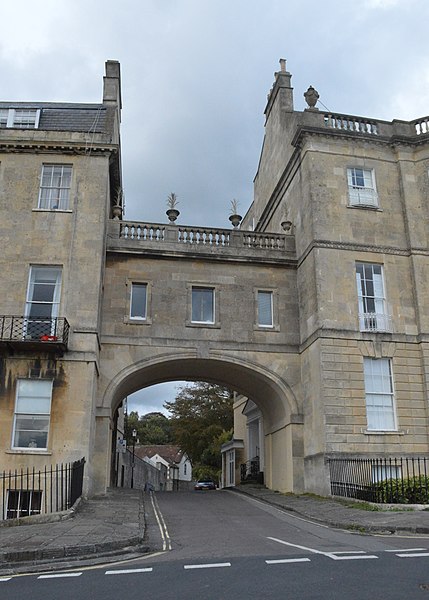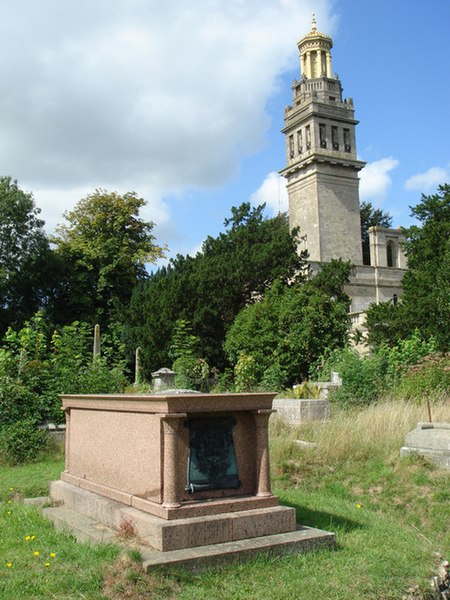Beckford’s Fonthill Abbey Treasures – Where Can They Be Seen?
To settle enormous debts, slaveowner William Beckford put the money pit that was Fonthill Abbey up for sale in 1822. Where did his treasures go? In the first instance, to a single purchaser – John Farquhar, a Scottish gunpowder manufacturer. This was not the outcome of the much-hyped public auction, but a private sale negotiated behind Christie’s back via a rival auctioneer, Harry Phillips. Farquhar paid £300,000 (at least £30 million today) for the building, its contents, and 5000 acres of land.
If the art-buying public felt cheated, they were soon granted another opportunity to succumb to Fonthill Fever. (The title of our new exhibition.) Quite possibly the new owner was not much interested in the artworks he had just bought. Phillips arranged a 37-day auction sale beginning on 09 September 1823, which included items additional to those collected by Beckford.
Shaftesbury printer John Rutter, who had already sold 6 editions of his Description of Fonthill Abbey and Demesne, at the relatively modest price of 3s 6d, was now able to publish the much grander Delineations of Fonthill and its Abbey with hand-coloured plates and folding map. His rival John Britton had to concede that his own volume “shrinks by its side in quality of paper, quality of engravings and printing.” In the absence of effective copyright laws, ceramics manufacturers cheerfully ripped off Rutter’s engravings for their own blue and white transfer pottery.
One of the most determined buyers at the auction was George Hammond Lucy, newly married and with a recently inherited house to remodel and furnish. Charlecote Park, now a National Trust property near Stratford upon Avon, still contains prize pieces of Beckfordiana. Centrepiece of the Great Hall is the 16th century Borghese Table made of pietra dura (“hard stone”), inlaid with coloured marble and semi-precious stones.
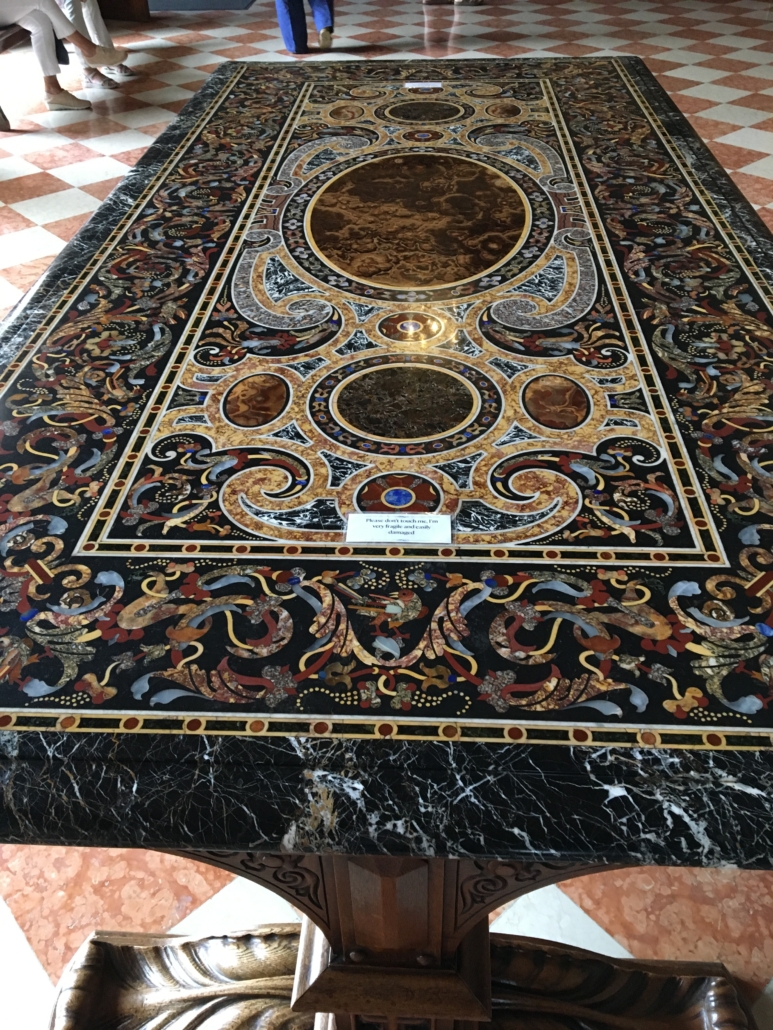
Napoleon is thought to have “liberated” this tabletop from Rome in 1796, which Beckford bought in Paris and installed in a Fonthill-friendly, Gothic-style oak frame. Lucy paid 1,800 guineas, outbidding King George IV and the Marquis of Westminster in the process. Two cabinets in the Drawing Room sport pietra dura panels, while upstairs is the Lancaster State Bed (price £140 5s 6d), made from a 17th century Indian settee, bought later in 1837 as Beckford had taken it to Bath. In all, Lucy invested £3431 10s 6d in 64 lots.

Since the auction sale realised more than the purchase price of Fonthill Abbey, Farquhar may not have been inconsolable when on 21 December 1825 the central tower collapsed, taking much of the Abbey with it. Theories as to the primary cause are discussed on pp72-76 of Sir John Stuttard’s biography of John Rutter The Turbulent Quaker of Shaftesbury, available in the Museum shop.
In Bath, Beckford acquired four properties, connecting 20 Lansdown Crescent and 01 Lansdown Place West with an archway. By 1827 he had built a Tower further up Lansdown Hill, to which he could take a morning ride with his dogs and then walk back down for breakfast. After Beckford’s death in 1844, his younger daughter, Susan, wife of the tenth Duke of Hamilton, sold the Tower and removed much of her father’s remaining effects to the Hamilton estates in Scotland, where many may be seen at Brodick Castle (now Scottish NT) on the Isle of Arran. After two centuries artworks once owned by Beckford have found their way into international collections and British institutions such as the National Gallery, the British Museum, the V&A, and the Royal and Wallace Collections.
Beckford’s Tower was bought back by the Duchess of Hamilton and the gift of land adjacent to the Tower for use as a cemetery enabled her father’s mausoleum to be moved there. In 2019 the Tower was identified as being at risk from water ingress and the Bath Preservation Trust is currently raising funds for a £3 million restoration project. The Shaftesbury & District Historical Society proposes to visit Beckford’s Tower on Tuesday 07 June for its first summer outing in three years.

